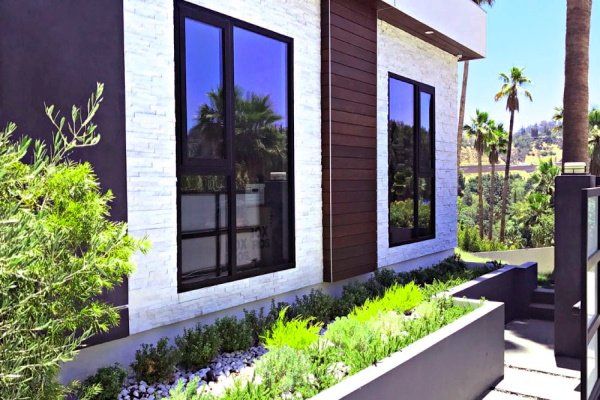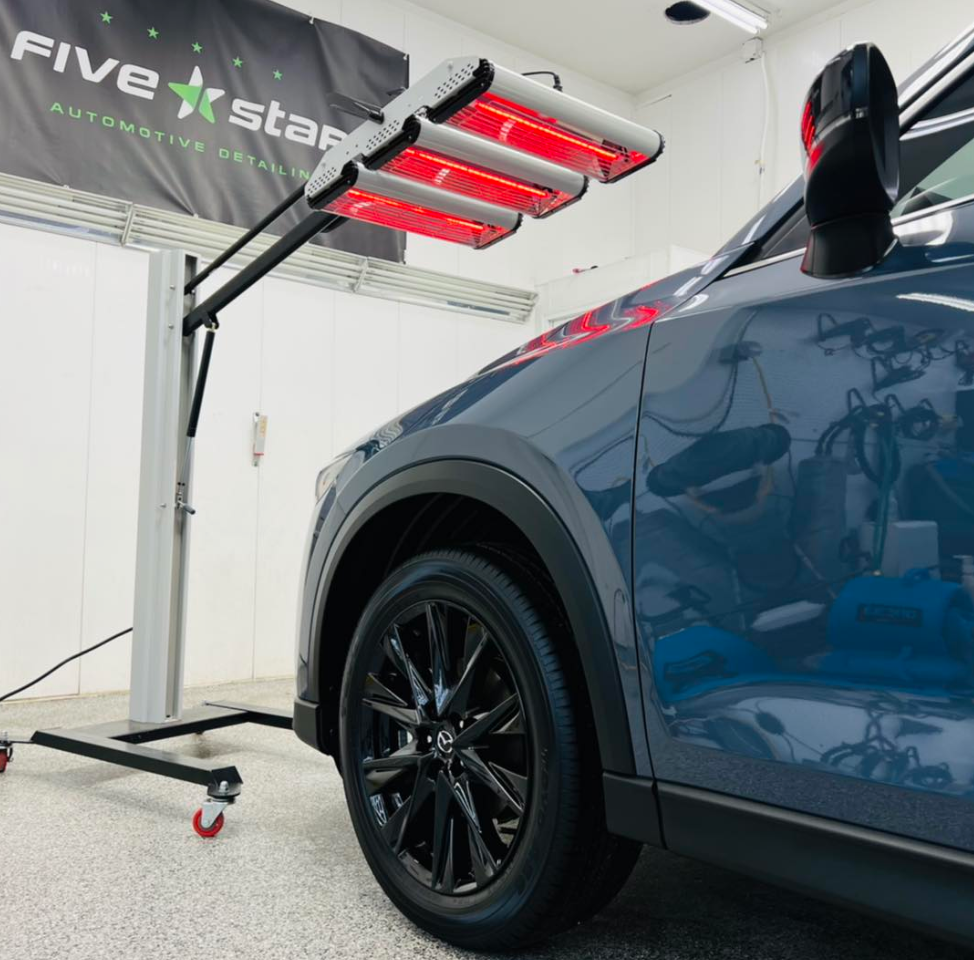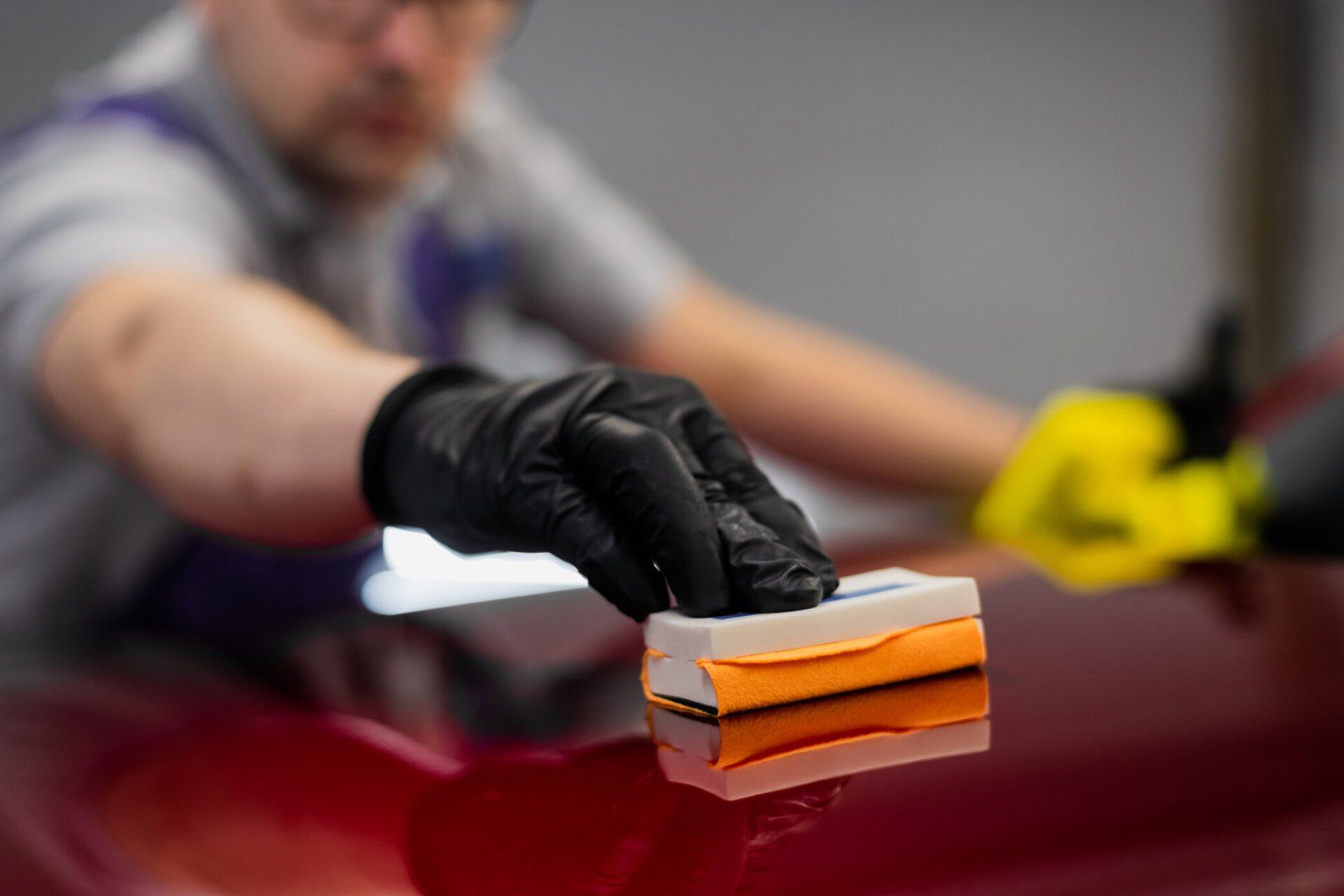You probably think of car windows when you think of window tinting. The truth is that window tinting has far more uses than just vehicles. Many homeowners who are looking for the many benefits that a window tint can provide choose residential window tinting. There are numerous options on the market, so if you're thinking about home window tinting, it's a good idea to educate yourself on the various types of window films and their applications.
1. Security Window Film
Security tints are an excellent choice for homeowners looking to add an extra layer of security to their homes. Security films are thicker than other types of home window tints, which affect both the ability of the glass to shatter and the ability of those on the outside to see in. Security window films are typically purchased to prevent intruders from breaking in, but they can also strengthen and protect your windows from the elements.
2. Solar Window Tint
Solar films are among the most popular types of home window tint, and for good reason. They not only help to prevent UV rays from passing through your windows, but they can also help to improve the energy efficiency of your home.
Solar window films are designed and installed specifically for heat rejection, which helps to manage indoor temperatures and gives your air conditioner a break. Solar control film may be right for you if you want UV protection for a particularly sunny window or if you want to prevent so much heat from passing through your home's windows.
3. Glare Control Window Film
Glare control and solar film go hand in hand, but they serve slightly different purposes. If you have a window directly across from your TV or computer screen, the glare from the sun can be distracting and make it difficult to see. Glare control tints can help keep natural light from wreaking havoc on your home's screens.

4. Decorative Window Tints
Decorative films are one of the most unique ways to personalize your home's interior design. These decorative tints, also known as dyed window tints, are available in a wide range of colors, transparencies, and patterns. Not only does decorative tinting improve the appearance of your home, but because the design is only visible from the inside, the window appears opaque from the outside. If you have decorative tinting on your windows, you will have more security and privacy.
5. Metalized Films
Metalized tints have several advantages that make them a two-for-one deal. A metalized window film is exactly as it sounds. This type of window tinting provides a decorative look but is made of actual metal particles such as nickel, copper, and aluminum.
However, these metal particles do more than just look nice. They also function similarly to solar window tint, keeping solar heat out of your home and saving you money on energy bills.
6. Mirror Window Tinting
Mirror window films, which create a mirror effect, are more commonly used in commercial buildings, but they can also be used as a home window tint. Mirror film on windows makes a home more private. The film can be applied in a one-way or two-way fashion, making the outside of the window reflective while leaving the inside clear.
7. Ceramic Window Tints
Ceramic films share some properties with other types of window tint while providing additional benefits. Ceramic tints, like metalized films, are made with ceramic particles and, like solar window tints, can help to block the sun's harmful UV rays.
But, perhaps most importantly, ceramic window tint is one of the most durable options in the window film industry, which means it will last the longest without fading and will significantly increase window strength.
Choosing the Right Window Tint for Your Home Windows
While some types of window tinting have overlapping properties, it's critical to know what you want from your tinted windows. Whether you're looking for security film, ceramic window film, or decorative film, it's best to work with a professional who can ensure your window film meets your exact requirements.
Call Five Star Automotive Detailing for a Free Quote Today
Whether you're ready to design your dream window tint or want to learn more about any of the above types of window tints for homes, Five Star Automotive Detailing has the experience you can rely on to guide you through the process from start to finish. We provide free consultations and quotes so you can be completely confident before committing to tinting the windows in your home. When you work with us, we guarantee that your window film will be installed by a team that will do the job correctly so that your investment will last.
With so many different window tints on the market, determining which option is the best window tint for your home can be difficult. Our expert staff has the knowledge to find the right window tint to meet your needs when it comes to window tint percentage, the right material, the best protection against sun damage, and other considerations.
Five Star Automotive Detailing is well-known for its specialty services in the Rochester, MN area. If you're more interested in commercial window tinting, we'd be happy to work with you to tint the windows at your place of business.
Get in touch
To begin your home window tinting project, please contact us at 507-213-3561 or fivestardetail.rochester@gmail.com. Monday through Saturday, we are only available by appointment. We are excited to collaborate with you!






